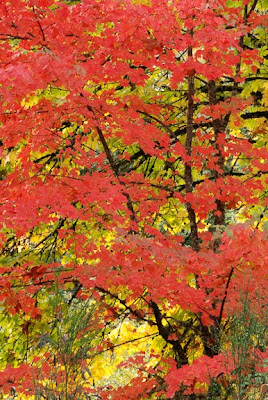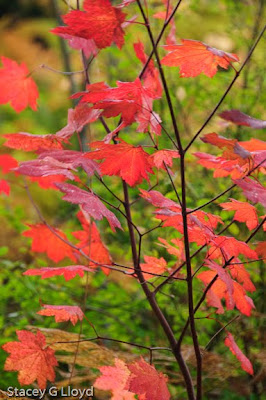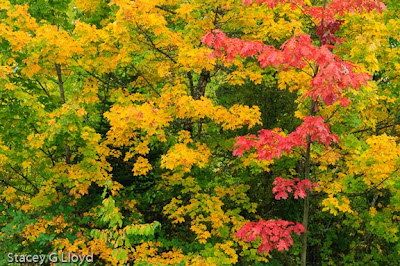 I have been busy the last few days working on new images for my “Fall Tapestries” portfolio. For this project the number of images is restricted to 10 image total. It has been quite difficult trying to edit down to that limit -which images should be added and removed to create more depth while maintaining or increasing the overall quality of the set. I have included some of the candidates here in the blog.
I have been busy the last few days working on new images for my “Fall Tapestries” portfolio. For this project the number of images is restricted to 10 image total. It has been quite difficult trying to edit down to that limit -which images should be added and removed to create more depth while maintaining or increasing the overall quality of the set. I have included some of the candidates here in the blog.

-
Recent Posts
Blogroll
Categories
Google Friends
Networked Blogs
Archives
- November 2012
- October 2012
- September 2012
- August 2012
- July 2012
- June 2012
- May 2012
- April 2012
- March 2012
- February 2012
- January 2012
- December 2011
- November 2011
- October 2011
- September 2011
- August 2011
- July 2011
- June 2011
- May 2011
- April 2011
- March 2011
- February 2011
- January 2011
- December 2010
- November 2010
- October 2010
- September 2010
- August 2010
- July 2010
- June 2010
- May 2010
- April 2010
- March 2010
- February 2010
- January 2010
- December 2009
- November 2009
- October 2009
- September 2009
- August 2009
- July 2009
- June 2009
- May 2009
- April 2009
- March 2009


 The second and third images present much more pleasant surroundings. I have found these images make the viewer wish they were sitting there and really draws the viewer into the image. Sometimes an empty bench may make the viewer feel loneliness.
The second and third images present much more pleasant surroundings. I have found these images make the viewer wish they were sitting there and really draws the viewer into the image. Sometimes an empty bench may make the viewer feel loneliness. What are some other strong symbolic elements you have seen used? Note, that some symbols may have emotional ties for you but not others.
What are some other strong symbolic elements you have seen used? Note, that some symbols may have emotional ties for you but not others. 

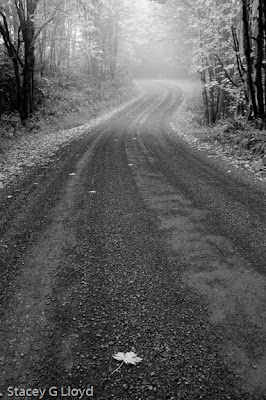

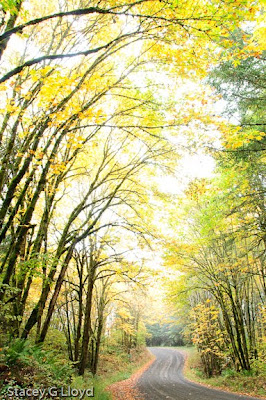
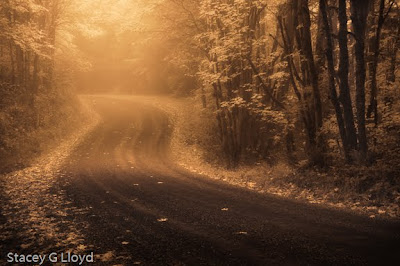 The second image has a more subdued, moody and mysterious feel. Analysing this image:
The second image has a more subdued, moody and mysterious feel. Analysing this image:


 I decided to add on a couple more hints on fall photography and how to ratchet things up a bit more.
I decided to add on a couple more hints on fall photography and how to ratchet things up a bit more.